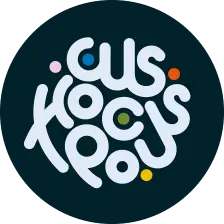404 Page Not Found
Oops! This page is on a coffee break and can’t be found right now. How about we get you back to where you need to go?




Oops! This page is on a coffee break and can’t be found right now. How about we get you back to where you need to go?